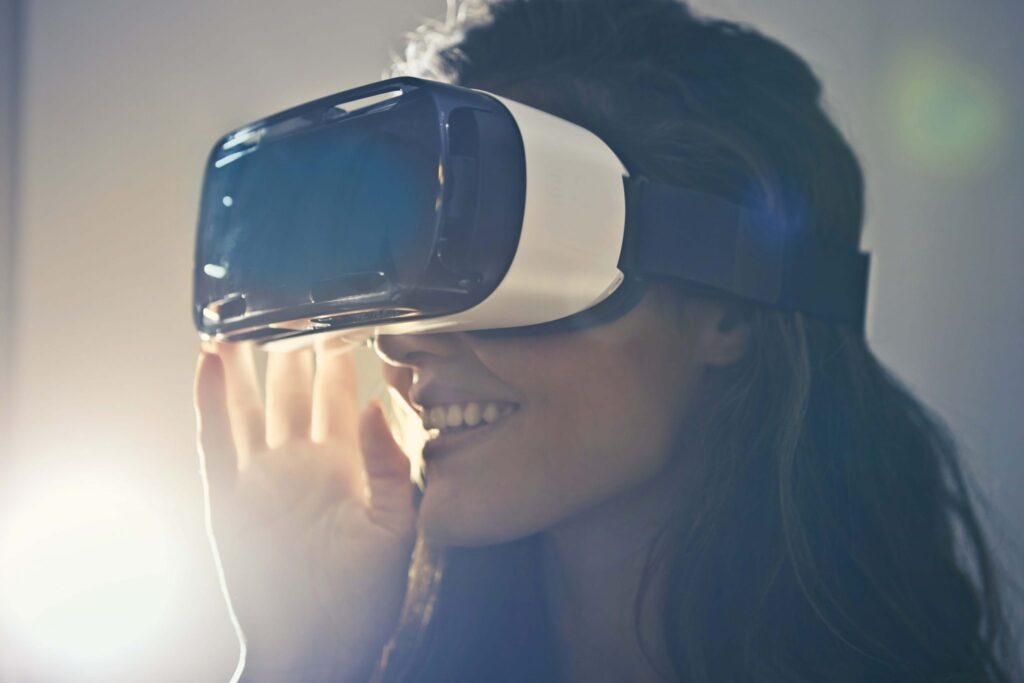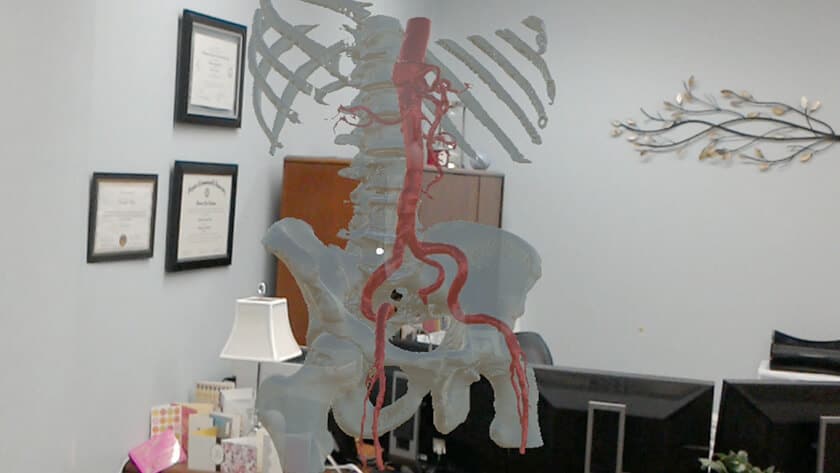
Data visualization is important and has a lot of applications across different industries. And we know just how much impact the right visualization can have, which is why we need to keep our eye on virtual reality technology. Typically, data visualizations are 2-dimensional with a defined data set, but virtual reality is emerging with a new 3D way represent digital data.
But is virtual reality data visualization? We’ve seen games and simulations, so how exactly does it relate data visualization? What’s the difference between a 2D chart and a 3D chart (besides another dimension)? Virtual reality isn’t just 3D gaming or entertainment, it’s an immersive data experience. VR offers a larger scale for visualization that holds large amounts of digital data. Any visualization will fail if it’s overloaded with too much information, limiting what you can actually show. But 3D visualizations in virtual, mixed, and augmented reality can handle huge data sets without sacrificing details.
Reality and the Real World
Even some years ago, virtual reality seemed like it was just for gaming. But now, it’s found many different applications like improving rehabilitation, cool museum exhibits, mapping blockchains, and even therapy. Medical field surprisingly benefits from these altered digital realities.
Medical imaging data is big data. There are important details in every scan and x-ray, but putting it all together for learning is a huge feat. Luckily, augmented reality has found a way. Surgeons and biochemists have a way to use augmented reality in training to improve accuracy. With AR models, you can move the image however you want to see over, under and every way in between.
A surgeon-in-training can rotate and inspect the cardiovascular system before an operation, avoiding any potential medical error resulting in death. Need to see where to avoid major arteries or what organ your target is under? Move the AR image around to find them. It can even improve robot assisted surgery as another way to reduce human error. This means virtual reality affects us indirectly. Potential strides and growth in areas like science & medicine can change the way we live, are treated, and even go about our daily lives. And this is why virtual reality visualization matters.
The Data
Before you leap into the virtual side of things, you need to understand the data. Data analysis and data storytelling are integral parts of building any visualization, 2D or 3D. Surgeons won’t have the accuracy they need if all the medical imaging data is even slightly misinterpreted. An AR human body is useless if it doesn’t show surgeons-in-training what they need to know. Why even use VR if the data isn’t accurately represented? Data analysis in health and patient related fields must be heavily scrutinized. Glitches in games can be fixed to improve user experience. But data heavy science imagery doesn’t need troubleshooting, it needs accuracy (especially when someone’s life depends on it). Don’t ignore the impact virtual reality has on data visualization, because it might help you one day.

